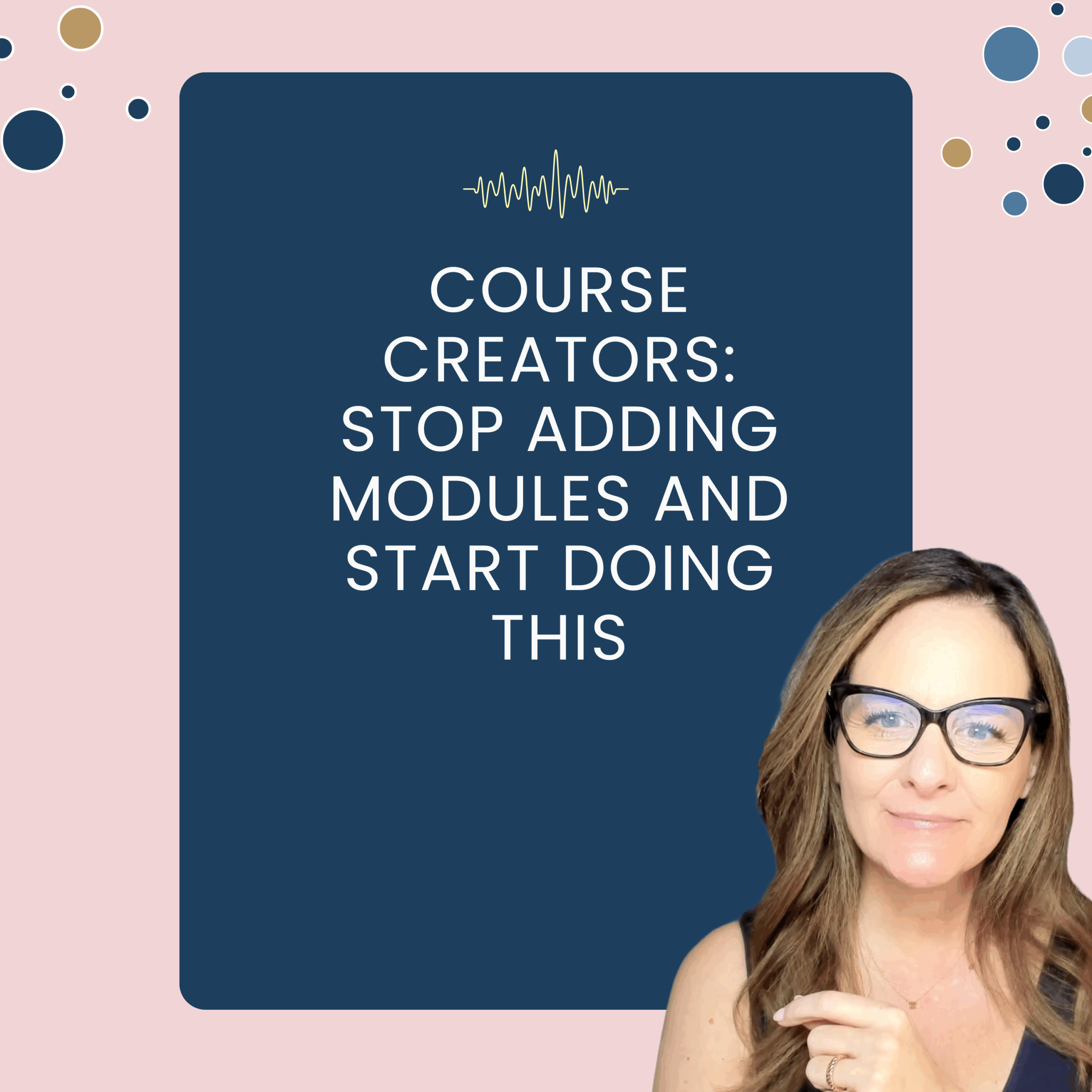🎧 Listen: Apple, Spotify, iHeart
Imagine this: your community is buzzing with excitement. Members are logging in every day, sharing ideas, hitting milestones, and staying more connected than ever. Now imagine that momentum lasting well beyond the initial hype—week after week, month after month. Sounds like a dream, right?
Well, it doesn’t have to be just a dream. This is the power of a well-crafted challenge. Challenges aren’t just a fun extra; they’re a must if you want to take your community from lukewarm to on fire. They boost engagement, motivate members to take action, and keep them hooked long after the challenge ends.
Not the ice bucket kind, though! We’re talking about challenges that keep your community engaged, excited, and, most importantly, connected. Ready to energize your community and create serious buzz around your course or membership? Let’s dive into how to design a challenge that starts strong, keeps your community engaged from beginning to end, and even beyond.
Why Challenges Work So Well
The reason challenges work so well for engagement is because they tap into three key psychological drivers that we all experience:
- The Desire for Accomplishment People love checking off tasks and hitting goals. Whether it’s completing a small daily task or hitting a major milestone, that sense of accomplishment is a huge motivator. It gives members that satisfying “I did it!” moment they crave.
- The Power of Accountability. When you’re part of a group working toward a common goal, there’s a little extra pressure to show up. Accountability isn’t about guilt; it’s about knowing others are counting on you. This helps keep members engaged, whether they’re posting progress, completing tasks, or sharing a win.
- The Need to Belong There’s nothing quite like working alongside others toward a shared goal. Challenges create camaraderie, making members feel like they’re part of something bigger. When people feel included, engagement naturally follows.
How to Design a Challenge That Hooks Your Community
Now that we understand the psychology behind why challenges work, let’s talk about how to design one that keeps your community hooked from start to finish.
1. Set Clear Goals
It might sound simple, but having a clear goal is where many challenges go wrong. If your challenge lacks direction, your members won’t feel a sense of purpose, and they might lose interest.
Instead of setting vague goals like “Get healthier,” opt for something specific and measurable. For example, if you run a wellness community, your goal could be: By the end of this seven-day challenge, you will have integrated five new wellness habits into your daily routine. It’s precise, achievable, and relevant, keeping your members on track and motivated.
2. Free vs. Paid Challenges
Should you go with a free challenge or a paid one? It depends on your goals.
- Free Challenges: These are great for building awareness, generating leads, and giving your audience a taste of what you offer. Since it’s free, more people are likely to join, but engagement might be lower because there’s no financial commitment.
- Paid Challenges: With paid challenges, you’ll typically see a more serious and engaged audience because they have “skin in the game.” Participants are more likely to stay committed, and you can offer deeper value and transformation.
3. Break It Down with Milestones
Milestones are the building blocks that guide your members through the challenge. Think of them as checkpoints that help keep the momentum going and make the challenge feel less overwhelming. By breaking down the goal into bite-sized tasks, you’ll increase the chances of participants sticking with it.
4. Keep the Momentum Going
To avoid the dreaded mid-challenge slump, incorporate elements of surprise and interaction. Host a live Q&A session, add unexpected bonuses, or use gamification with leaderboards and badges to inject some friendly competition. These strategies reignite excitement and keep participants motivated.
What Happens After the Challenge Ends?
A common mistake is letting the energy die as soon as the challenge ends. Instead, make sure it leads to something bigger—like an ongoing project, a follow-up event, or an invitation to a higher-level paid offer. Your challenge is just the beginning of a deeper journey with you.
Avoid These 3 Common Mistakes
- Overcomplicating the Challenge: Keep tasks simple and achievable.
- Lack of Follow-up: Always have a clear plan for what happens next.
- Inconsistent Communication: Regular check-ins and encouragement are key.
Ready to Build Your Next Challenge?
Whether you’re opting for a free or paid challenge, these strategies will help you boost engagement and grow your community in a big way. Want to dive deeper? Check out our Challenge Blueprint—your step-by-step guide to designing, running, and scaling a successful challenge. It’s packed with templates, swipe files, and tips to help you launch with confidence.
Until next time, keep building, keep engaging, and remember: challenge accepted!
Resources & Links:
- Get started with Circle: Your go-to platform for building community
- Join The Strategic Community Co-Op: For more tips, strategies, and a space filled with like-minded creators
- Get The Challenge Blueprint: Ready to take your challenge planning to the next level? The Challenge Blueprint is your all-in-one solution to seamlessly design, launch, and manage your challenge. Whether you’re looking to boost audience growth, deepen engagement, or create a profitable experience, this blueprint gives you everything you need for a smooth and successful launch.
- Love my emails? Steal my secret weapon—Flodesk! Try it for free today.
- Your community deserves the best—so do you! Get The Scoop, my weekly newsletter packed with insights and strategies. Sign up today!






+ show Comments
- Hide Comments
add a comment